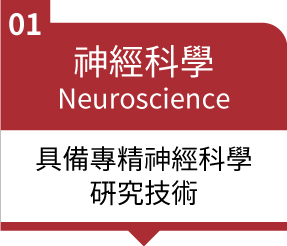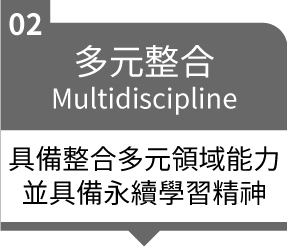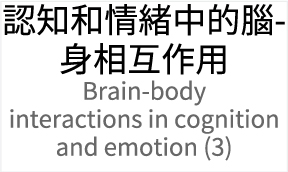
The purpose of our PhD program is to provide people the skills needed to become an independent researcher, whether in academia or in industry. We aim to develop methodological and technical expertise while also exposing students to different ways of thinking about brain science. This foundation then allows them to plan and undertake robust original research on their chosen topic.
The PhD takes an average of four years and starts with a period of classes designed to develop methodological and conceptual rigour. Students then focus on their research projects to build up a set of results that advance knowledge in their chosen area. The results of these experiments are written up as a thesis for appraisal. It is normal for students to also publish several peer-reviewed papers in this period.
We believe that students learn best in a friendly and supportive environment where students can be responsible for their own work. We have the opportunity to welcome people from all over the world and with a wide range of academic backgrounds, helping us build a diverse social and intellectual environment.

•教育目標
一、整合哲學、生理學與心理學,培養具備跨領域心智意識研究動機之青年才俊
二、培育具備尖端神經影像專精研究技術之心智意識科學研究人才
三、透過臨床實務經驗,引導學員關懷大眾健康議題,並將所學貢獻於社會國家
Total credits for Graduation: 31 including 22 required and 9 elective credits. Students can take up to 6 elective credits from other PhD programs where approved by their advisor.



















